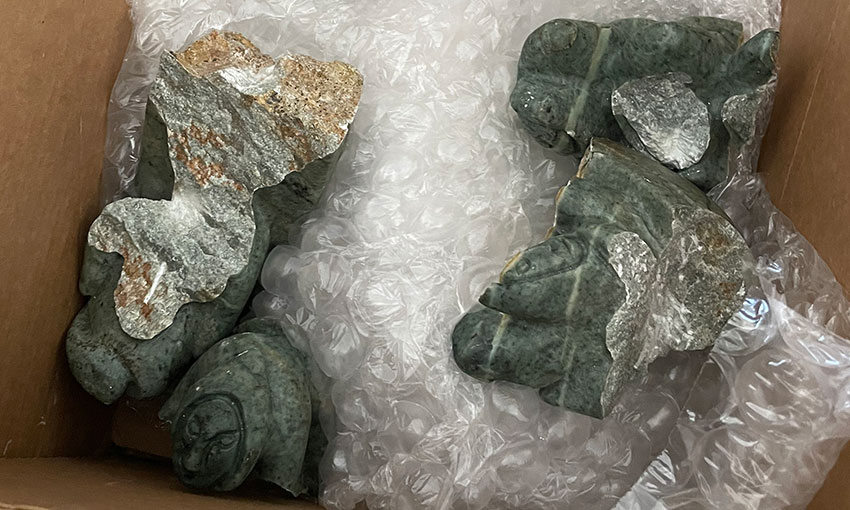Yes, I will show my age in this opinion piece (or maybe I will show my 23 years of experience). In the olden days we could take our quarantine files to a quarantine office, take a ticket, wait to be called and then sit in front of a quarantine officer and have all our entries processed.
Some will say that it was a painful exercise, some will say at least we knew that our entries would be processed on the same day, and some will say that this process should be brought back.
In those olden days we encountered a continual rotation of quarantine staff at the front counter and we would need to educate the new recruits in how to process the entries. It was always the way with Quarantine, they would rotate staff every six months.
Years later, quarantine then introduced the Cargo Online Lodgement System (COLS), which would be the solution to all of our concerns and would make quarantine entry processing a breeze; everything would be sent to a mailbox and then it would be processed.
Quarantine only processes entries five and a half days of the week. The industry is working seven days a week. The wharves are working seven days a week. Quarantine needs to change with the times.
Yes, quarantine still rotates staff and yes new recruits still give us elementary directions; we still need to educate them and push to have our entries re-assessed by a tier-two supervisor.
One example of why the quarantine system is in a crisis is because recently our company volunteered an entry because we did not have the packing declaration at the time of lodgement. We then received the packing declaration when China returned from holidays and therefore submitted the entry to COLS. We joined the five to seven day processing back log and then we were forced to change our entry to say that the packing declaration was valid and then re-submit and join the queue for a re-assessment. This is a pure example of incompetence on their part [and they still charged us to process the entry.
COVID-19 commenced in February 2020. Quarantine has had more than 20 months to get its affairs in order, it is now using the COVID-19 excuse to appease industry that they are under pressure and in the same tone they are saying entries are being submitted late (by industry) and that it cannot keep up.
Let’s be clear, when Australia’s largest manufacturer and supplier of goods goes to sleep for up to two weeks during Chinese holidays – what does quarantine expect the importing community to do? China comes back to work and the influx of work returns. How do you explain to a customer that they need to pay storage and/or detention because quarantine cannot release their goods.
Quarantine is a user-pay system. If we want a direction we pay for that direction. Quarantine is providing a sub-standard service and there does not appear to be any light at the end of the tunnel until late November – but I don’t see this problem going away anytime soon, considering that we are right in the middle of peak period for Christmas and we have high levels of imports caused by the demand of on-line purchases (since February 2020).
Self-Assessed Clearance (SAC) declarations are free – quarantine does not charge for SACs to be released, can anyone please explain why SACs are free. Yet, they are assessed by a quarantine officer and more than likely receiving priority over the entries that are being processed and charged. It is very simple – SACs should be charged a processing fee just like customs entries over $1000.
Solution:
- Quarantine should stop rotating staff.
- Quarantine should operate seven days a week.
- Quarantine should charge a fee for SAC release processing.
In closing, for those that don’t know me, I have been a customs broker for 23 years and have operated Platinum Freight Management since November 2000. I have completed a masters in international revenue administration and a masters in international customs law and administration. I have been employed by TAFE NSW for thirteen years as a lecturer in customs brokering, concentrating on the classification of commodities that enter and exit Australia.




